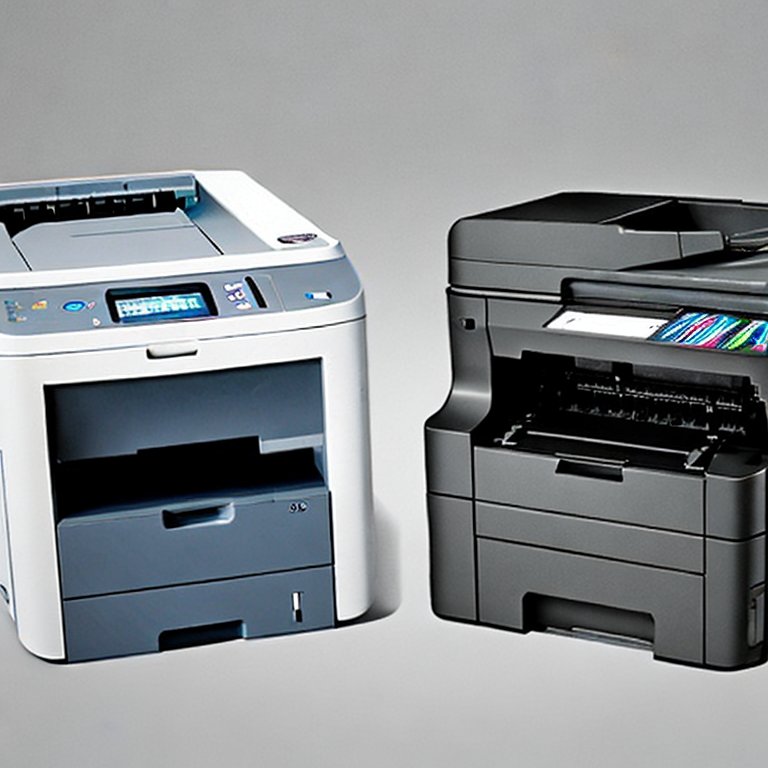
Laser printing has revolutionized the printing industry, providing fast and high-quality prints for various applications. Whether you use a laser printer at home, in the office, or at a printing shop, understanding how laser printing works can enhance your appreciation for this technology. In this blog post, we will explore the fascinating process behind laser printing.
Step 1: Processing the Data: The laser printing process begins with a digital file or document that needs to be printed. This file is sent to the printer, which processes the data and prepares it for printing. The printer’s internal processor converts the digital information into a format that can be interpreted by the printer’s hardware.
Step 2: Creating the Image: Once the data is processed, the printer generates an image of the document using a laser beam. Inside the printer, there is a rotating drum called the photoreceptor drum or the imaging drum. This drum is coated with a light-sensitive material known as a photoconductor.
Step 3: Applying the Charge: The surface of the drum starts with a neutral charge. The laser beam is then directed onto the drum, selectively discharging specific areas according to the content of the document being printed. The laser beam scans the drum, creating a pattern of positive and negative charges that represents the image to be printed.
Step 4: Attracting the Toner: The drum now carries an electrostatic charge pattern corresponding to the content of the document. As the drum rotates, it comes into contact with a toner cartridge, which contains fine toner particles. The toner particles are negatively charged, which allows them to be attracted to the positively charged areas on the drum.
Step 5: Transferring the Image: Next, a sheet of paper is fed into the printer. As the paper passes through the printer, it receives a strong negative charge. This charge attracts the positively charged toner particles from the drum onto the paper, transferring the image from the drum to the paper.
Step 6: Fusing the Toner: After the image is transferred to the paper, the paper moves into the fusing unit of the printer. This unit uses heat and pressure to melt and fuse the toner particles onto the paper, creating a permanent image. The fused toner becomes a part of the paper, resulting in a smudge-free and durable print.
Step 7: Ejecting the Printed Document: Finally, the printed document is ejected from the printer, ready for use or distribution. The entire process happens rapidly, allowing laser printers to produce multiple pages per minute with exceptional accuracy and clarity.
Conclusion: Laser printing is a remarkable technology that combines precise laser beams, electrostatic charges, and toner particles to create high-quality prints. Understanding the step-by-step process behind laser printing enables us to appreciate the efficiency and versatility of this printing method. Whether for personal or professional use, laser printers continue to be a reliable and popular choice for all printing needs.
